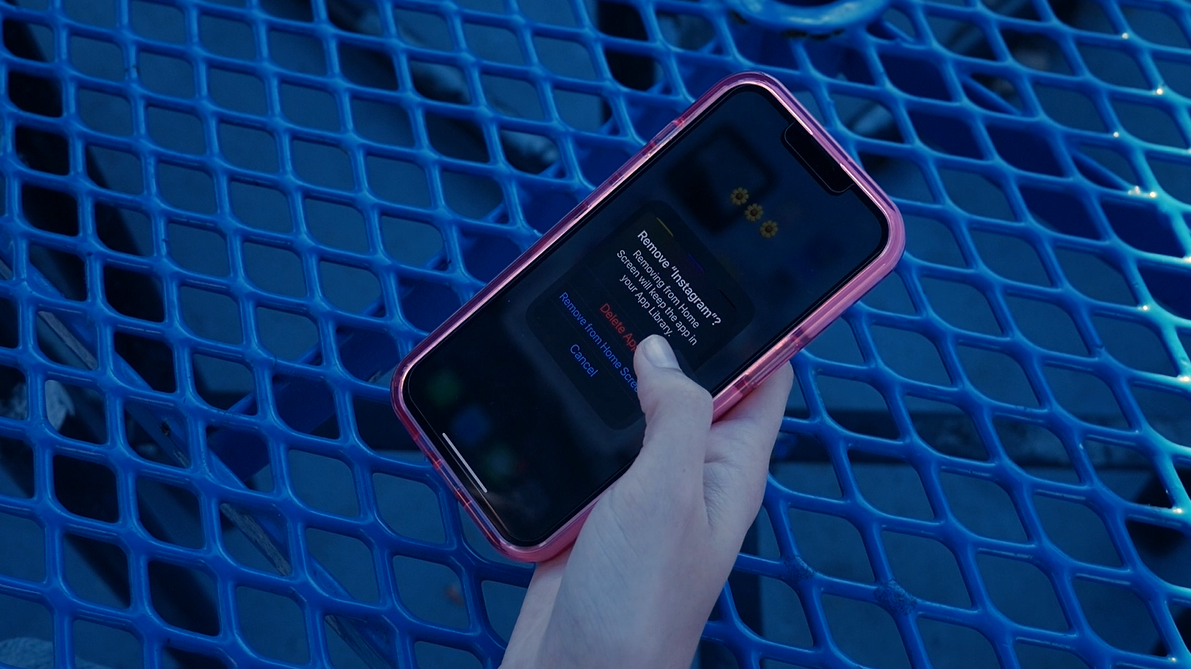New PSAT cutoff index yet to be set
January 18, 2016
With the PSAT having been reconstructed for juniors who took the test in October, scores as well as the cutoff index for the National Merit Scholarship could be destined for change. Notably, the maximum selection index has been adjusted from 240 to 228, but that doesn’t necessarily mean the required scholarship-qualifying score will drop 12 points as well.
“The number changes based on how people score,” the school’s testing coordinator Mike Drake said. “The new index might not mean a lower cutoff score because students may score higher on the new PSAT. If more kids do well, then the cutoff will raise.”
Every year approximately 1.5 million participants nationwide battle for the scholarship, and 34,000 of those are deemed commended scholars. Sixteen thousand students claim the title of semifinalist, and 15,000 become National Merit Scholars.
“The number will always be 16,000, regardless of how students score,” Drake said. ” The cutoff index is adjusted according to those scores so that 16,000 students will become semi-finalists.”
The reasoning behind the changing scores lies in the changes to the PSAT itself, which has been altered to match the new SAT that will be introduced in 2016.
“This year the PSAT was more heavily geared to give a prediction of how you will do on the SAT based on your score on the PSAT,” Drake said.
While the motivation behind renovating the test is not certain, possibilities include the SAT lagging behind the ACT and the attempt to align the new PSAT with Common Core State Standards.
“The ACT surpassing the SAT is absolutely another factor,” Drake said. “I don’t know if the test is necessarily aligned with the Common Core State Standards, but Common Core is common sense, and what they have tried to do is eliminate the fancy vocabulary that you never use again.”
Whether these changes will raise or lower test scores, however, remains to be seen.
“It might affect the scores, but we will have to wait and see how it plays out,” Drake said.
Junior Huda Naas, who has taken both the old PSAT in October of 2014 and the new test in 2015, believes the modifications to the test will ultimately turn out well for students.
“I think the new SAT is better because now students don’t have to worry about being penalized for guessing and answering questions with very high vocabulary,” she said.
By Elizabeth Marrin




















































